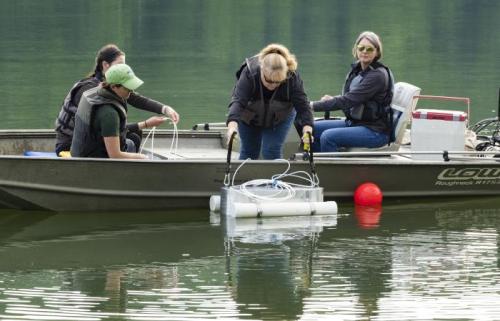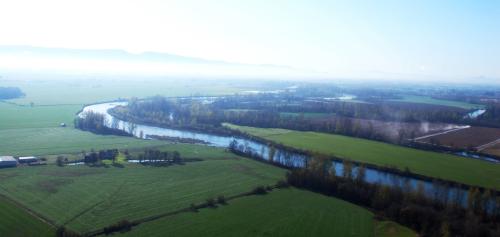
Measuring Greenhouse Gas Emissions from Hydropower Reservoirs
All inland bodies of water have some level of greenhouse gas (GHG) emissions resulting from microbes in the environment that naturally produce carbon dioxide and methane. Current estimates of GHG emissions from reservoirs are incomplete and vary widely, which makes it challenging to calculate total emissions related to hydropower operations. To better quantify and reduce reservoir emissions related to hydropower, researchers at Oak Ridge National Laboratory are using advanced tools to measure reservoir GHG emissions released through multiple processes, including degassing as water is passed through turbines. Warmer water temperatures in the future are expected to alter GHG emissions from reservoirs, but better understanding the current GHG emissions can improve models that inform reservoir management to mitigate emissions for climate resilience.
Learn more from Oak Ridge National Laboratory.


